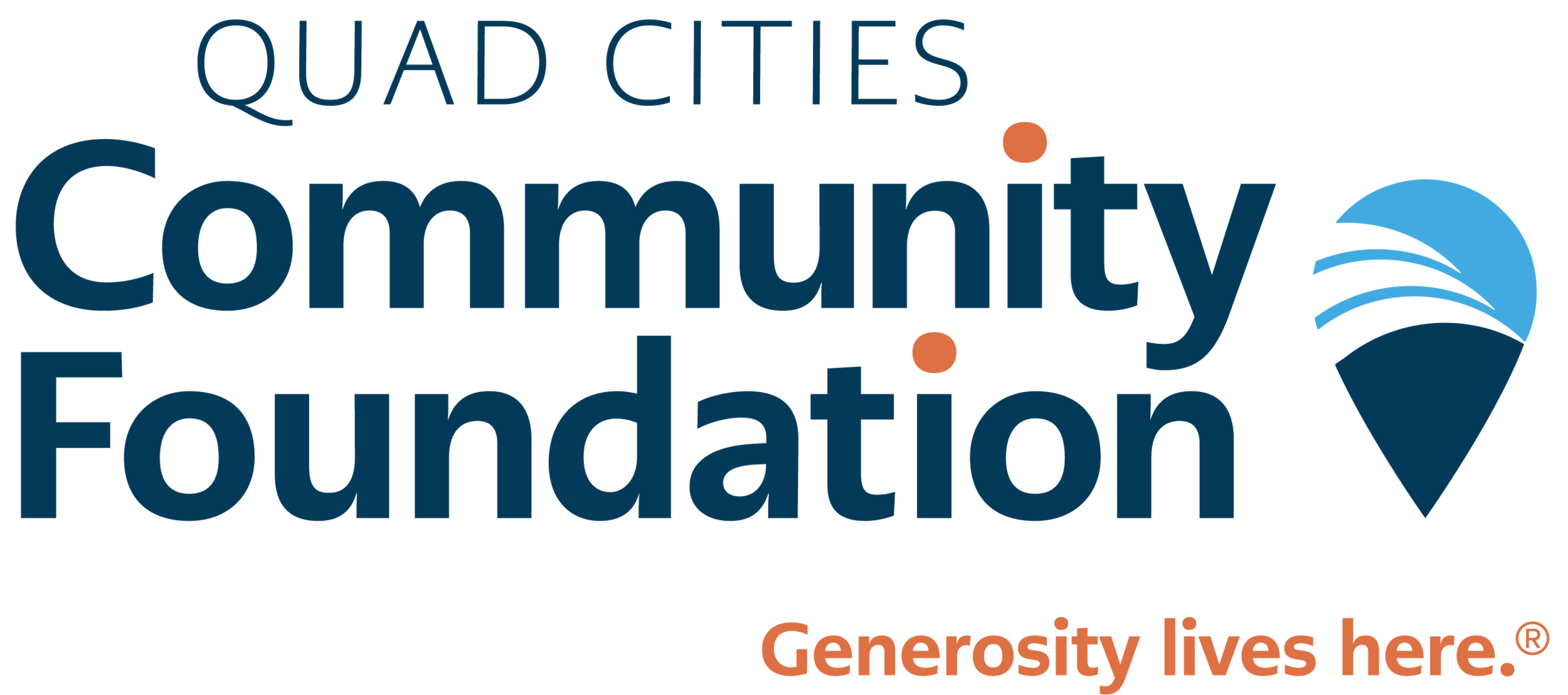More of a good thing
Local nonprofits might have noticed that something was different this past March when the Quad Cities Community Foundation announced the opening of the latest cycle of its Nonprofit Capacity Building Grants program: the maximum awarded per application had jumped from $15,000 to $20,000, with the new total budget for successful grant applicants climbing $85,000 to reach $300,000.
That exciting growth in the program—and in the Community Foundation’s investment in Quad Cities nonprofits—had its origins in an evaluation undertaken this year by Community Foundation intern Emily Cummings, a Masters in Social Work practicum student at the University of Iowa.
“We started out with the goal of evaluating the program,” said Cummings. “We wanted to find out what impact it has had on grantees’ organizational capacities, what factors contribute to a Nonprofit Capacity Building Grant being successful, and what kinds of capacity building initiatives improve mission-related outcomes, as well as what we can do to enhance the program going forward.” Capacity building projects supported by the grant program include board and staff training, equipment and technology upgrades, strategic planning and succession planning, and other related assessment, consultation, or facilitation.
“We deeply believe that when nonprofits are stronger and more effective, their impact on the community will be stronger and more effective—and that capacity building projects are one of the crucial ways to get there,” added Kelly Thompson, vice president of grantmaking and community initiatives. “We’ve always collected information through grant reporting, but with this program now in its 10th year, we wanted to look at the big picture and make sure it’s having the effect, overall, that we want it to have.”
The results of Cummings’s evaluation—which involved a literature review, interviews, and a survey of past recipients—outlined several key areas in which organizations have benefited from Nonprofit Capacity Building Grants. These grants help nonprofits:
Strengthen their missions: 91% of survey takers said their capacity building project improved their organization’s ability to serve the community.
Increase their visibility: 69% said their capacity building project raised their organizations’ visibility, including to the people they can or do serve, to the community at large, and to organizations they can or do work with.
Boost their bottom lines: 42% of respondents said their capacity building project improved their financial strength. The average amount of increased revenue in one year was $137,000, while the average amount of decreased expenses in one year was $65,500. The total amount of increased annual revenue all organizations reported was $2,329,000, and the total amount of decreased expenses was $655,000.
Improve their efficiency: 69% said their capacity building project improved their organizational efficiency, with 59% saying their capacity building project saved their staff or volunteers an average of 236 hours per year.
“We really appreciate that the foundation supports this type of work, which is often difficult to find from other funders as it is not ‘glamorous,’” said one interview respondent.
Thompson said the findings of the evaluation drove the Community Foundation to increase the program’s maximum grant size and overall budget. Other changes the Community Foundation is making in the near term include educating the board and grants committee on the outcomes to inform future decisions, enhancing outreach to smaller and newer nonprofits that might particularly benefit from a Nonprofit Capacity Building Grant, and streamlining the reporting process to gather valuable data for ongoing program evaluation.
“Thank you to everyone who helped paint this picture of the impact of capacity building funding,” said Cummings. “This helps make the Community Foundation a more effective grantmaker—and a more effective resource for our entire community.”
The Community Foundation awards Nonprofit Capacity Building Grants twice a year, in the spring and the fall. Learn more about the program and apply for the next cycle here.


